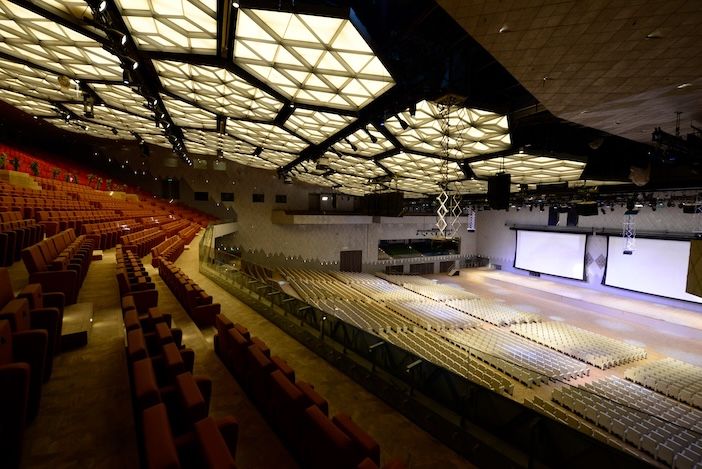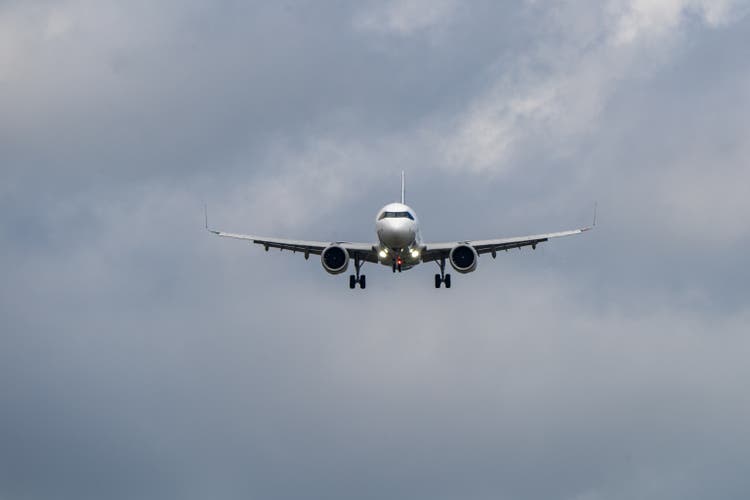Emirates President Says Airbus A350-1000 Is "Of Interest"

For Emirates President Tim Clark, the Airbus A350-1000 is "of interest"
According to a March 7 report from Aviation Week, Tim Clark, President of Emirates, is interested in the Airbus A350-1000. With Airbus hesitant to restart A380 production and Boeing facing delivery issues with the 777X, the A350-1000, featuring a seating capacity of up to 480 and fuel-efficient Rolls-Royce Trent engines, becomes an attractive option. Its range of 16,482 km (10,241 miles) further adds to its appeal.
Reestablishing Emirates' Interest in A350-1000
As detailed in the Aviation Week report, Clark mentioned, "The A350-1000 is of interest to us. We have done a lot of work in defining what the aircraft is going to look like inside and which kind of mission we are putting it on." Despite this interest, there have been concerns about the maintenance demands of the Rolls-Royce XWB-97 Trent engines, as previously noted by Simple Flying. Clark had reservations about whether these engines could meet the 2,000 and 2,500 flight hours (FH) cycles required for Emirates' operations. In response, Rolls-Royce has stated their commitment to continuously improve and invest in their engines. By August 3, 2024, Rolls-Royce reported securing 108 XWB-97 orders globally.
Clark further highlighted in a discussion with Sam Chui that the XWB-97 needs to achieve 2,500 cycles, maintain a reliable range, and offer reasonable maintenance costs before Emirates would consider investing in the A350-1000.
Emirates Operates the Airbus A350-900
Emirates already includes Airbus A350-900s in its fleet. According to the ch-aviation database, Emirates has 3 of the 65 orders from Airbus. Clark shared in a Sam Chui report, "Operating them [A350-900s] is a dream. The [A350-900] has already been flying for 11 years. All the operators are satisfied, and the Rolls engines are not overstressed, [but] I begin to wonder if it is too small [in terms of capacity]."
Below are some photos of the Emirates' A350-900 already in service, complete with some interior photos.
Close
It's important to note that the A350-900 and A350-1000 do not use the same engines. The A350-900 is equipped with the Rolls-Royce Trent XWB-84 engines, offering 84,200 lbf (375 kN), while the A350-1000 uses the XWB-97, providing 97,000 lbf (431 kN).
Do The Airbus A350-900 & -1000 Have The Same Engines?
The engines of the A350-900 and -1000 are visually similar but represent one of several key differences between the two variants. Additionally, the range of the A350-1000 aligns well with Emirates' route model needs.
Airbus A350-1000 Range Capabilities
According to Airbus’ range chart for the A350-1000 from Dubai, United Arab Emirates, this aircraft can fly point-to-point almost anywhere on the Earth. As Emirates operates as a global hub airline out of Dubai, the A350-1000 could complement its fleet effectively.
Graphic: Airbus
With Emirates as one of the most significant A380 operators worldwide, comparing the two models becomes relevant. Introducing the A350-1000 to the fleet could provide a high-capacity alternative for certain routes, potentially optimizing route efficiency and fuel consumption. This could enhance Emirates' commitment to innovation and environmental stewardship without sacrificing customer satisfaction or network reach.

JAL taps IFS Cloud for global MRO

Philippines Airlines to take first A350-1000s in late 2025

Filipino gov't blasts AirAsia over MOVE app ticket prices
:max_bytes(150000):strip_icc()/GettyImages-2175886042-ac02b8f00d5446a682be3d4f3c2838ee.jpg)
Joby Aviation Stock Jumps on Agreement to Explore $1B Saudi Arabia Launch

Details of the 2026 Aircraft Interiors India show are announced

AI and Trusted Data: Building Resilient Airline Operations | AI in Aviation

Virgin Atlantic, TCS ink seven year partnership to modernise airline's core system with AI-led solutions

High-Quality Data and AI Transformation Critical to Building Airlines' Operational Resilience

TCS and Virgin Airlines sign 7-year agreement for AI, cloud upgrade
